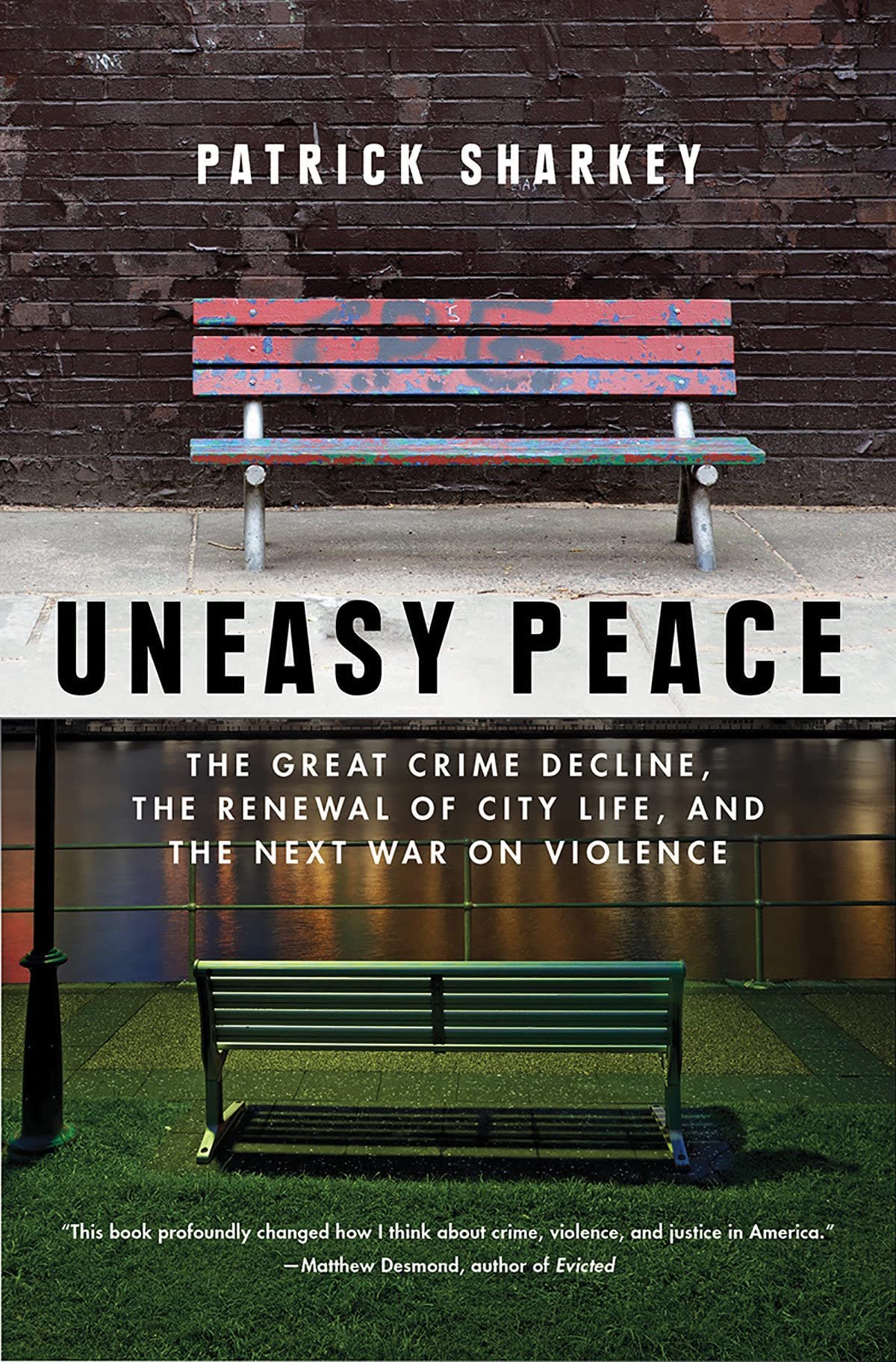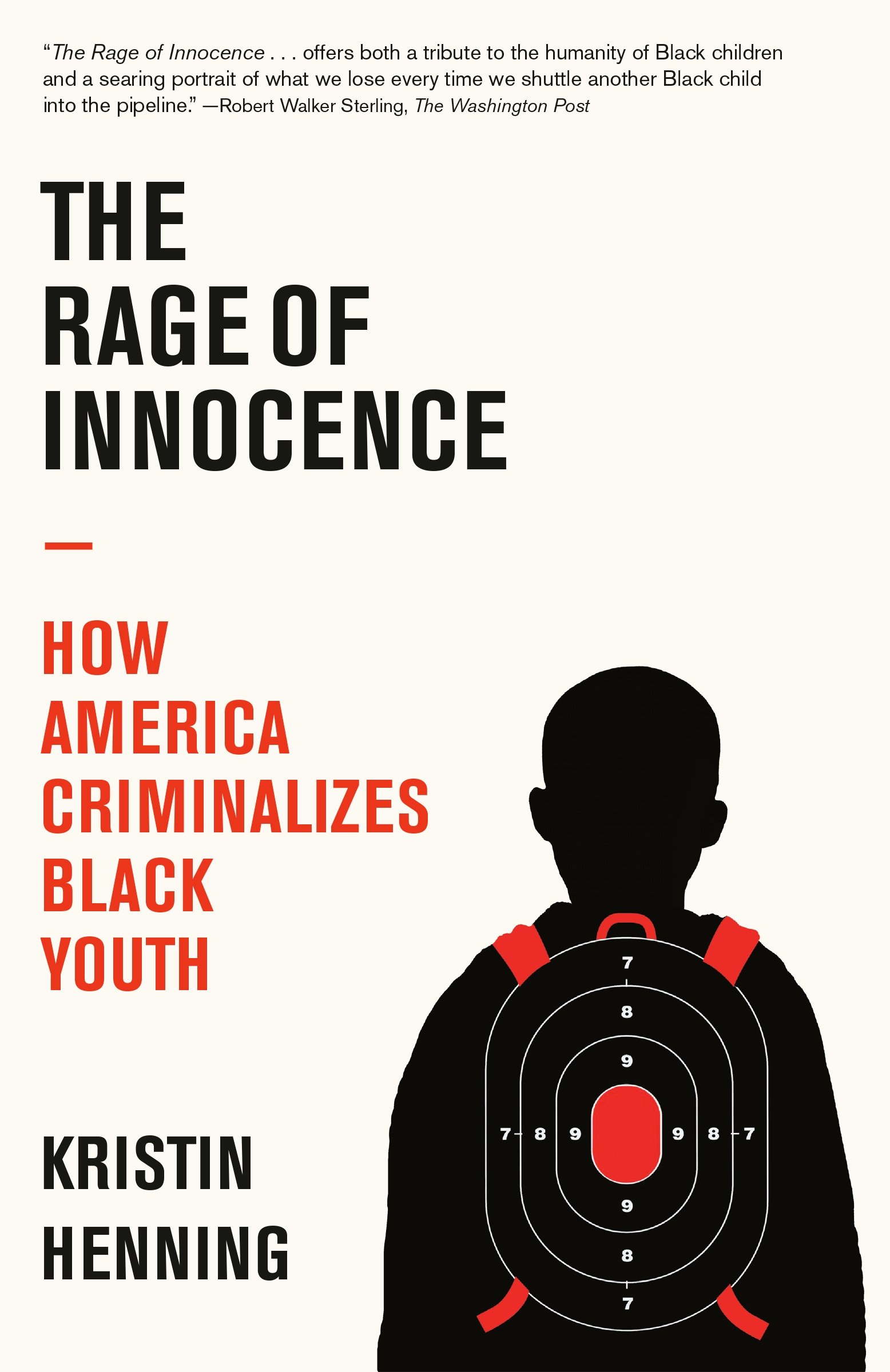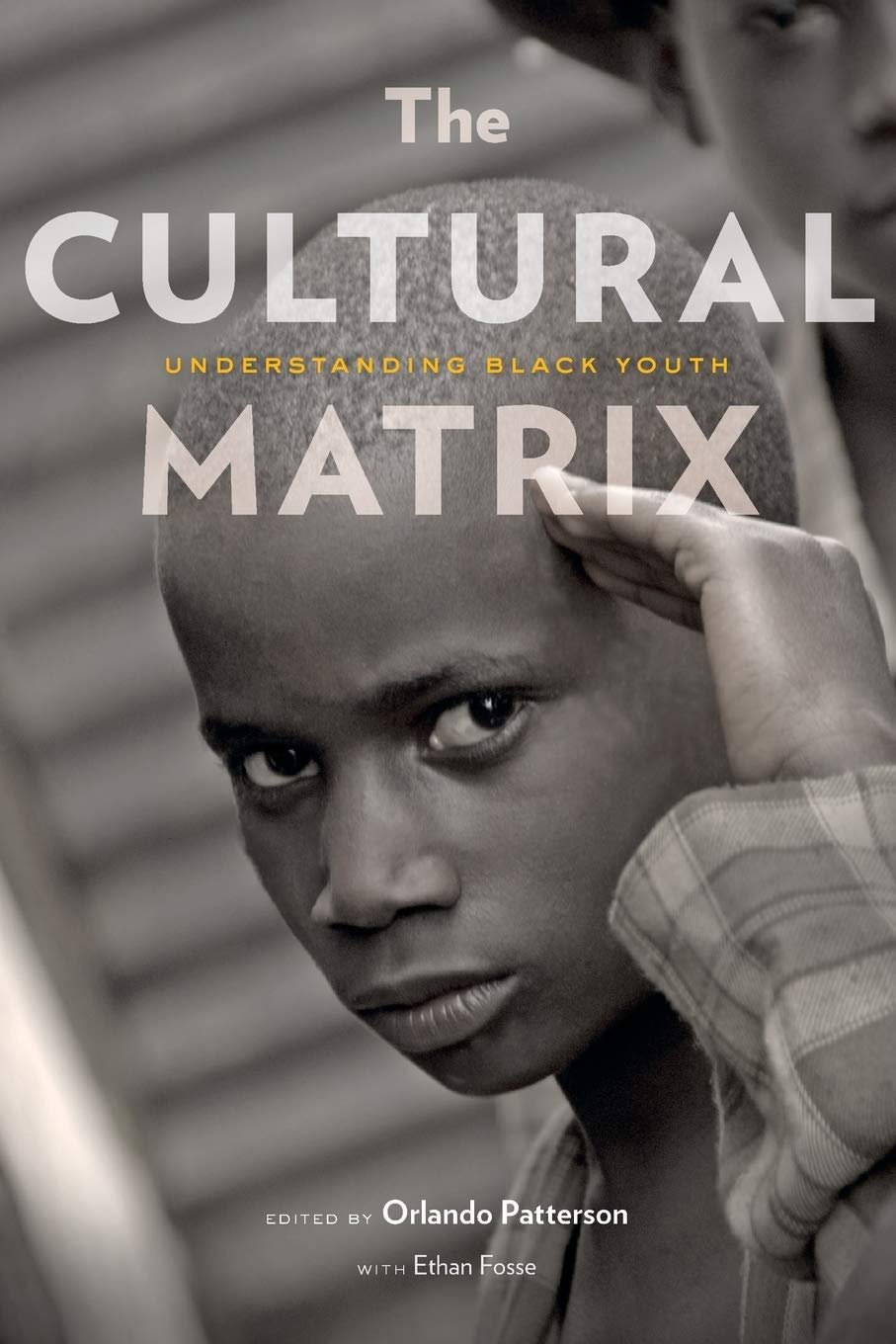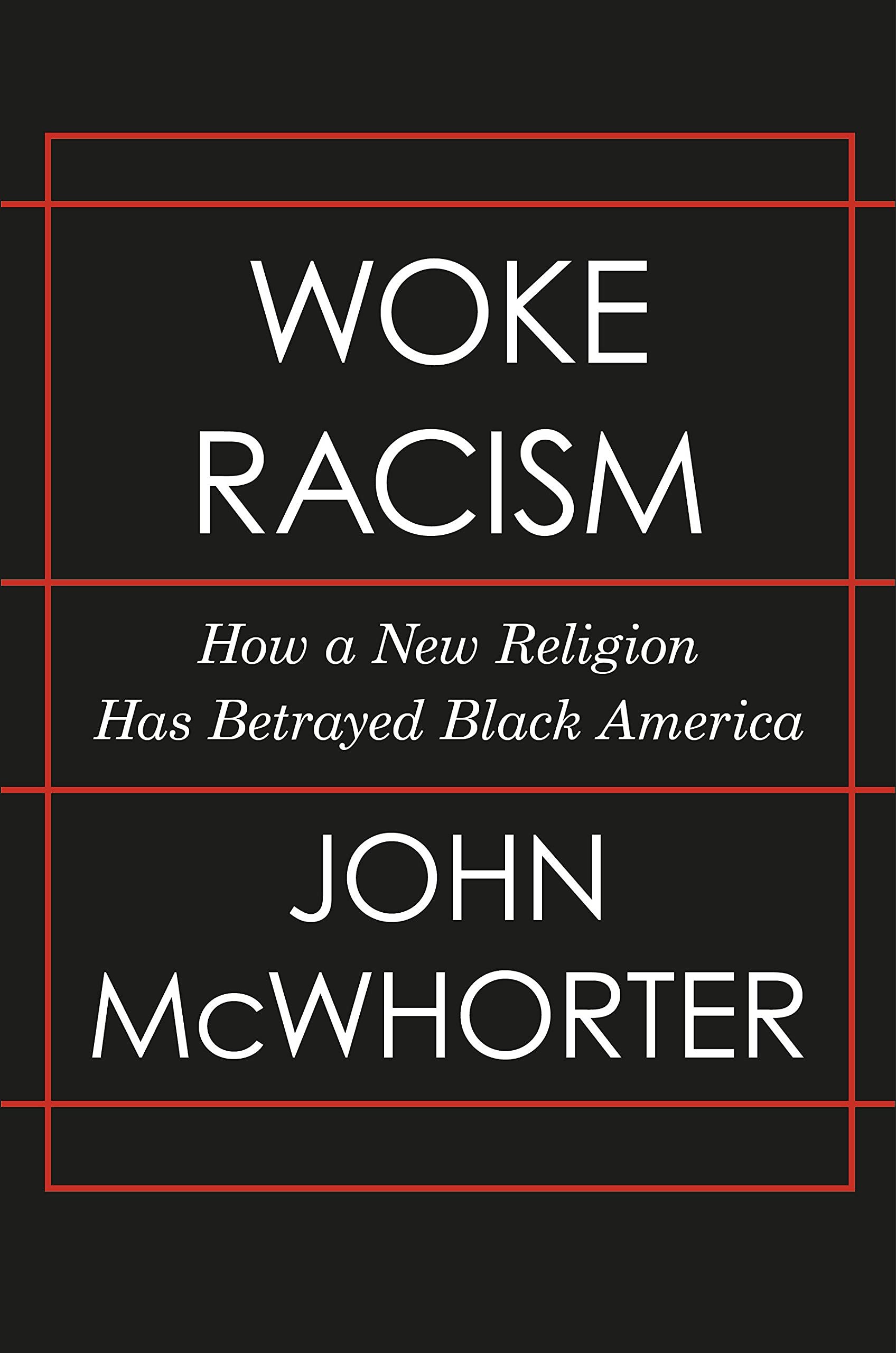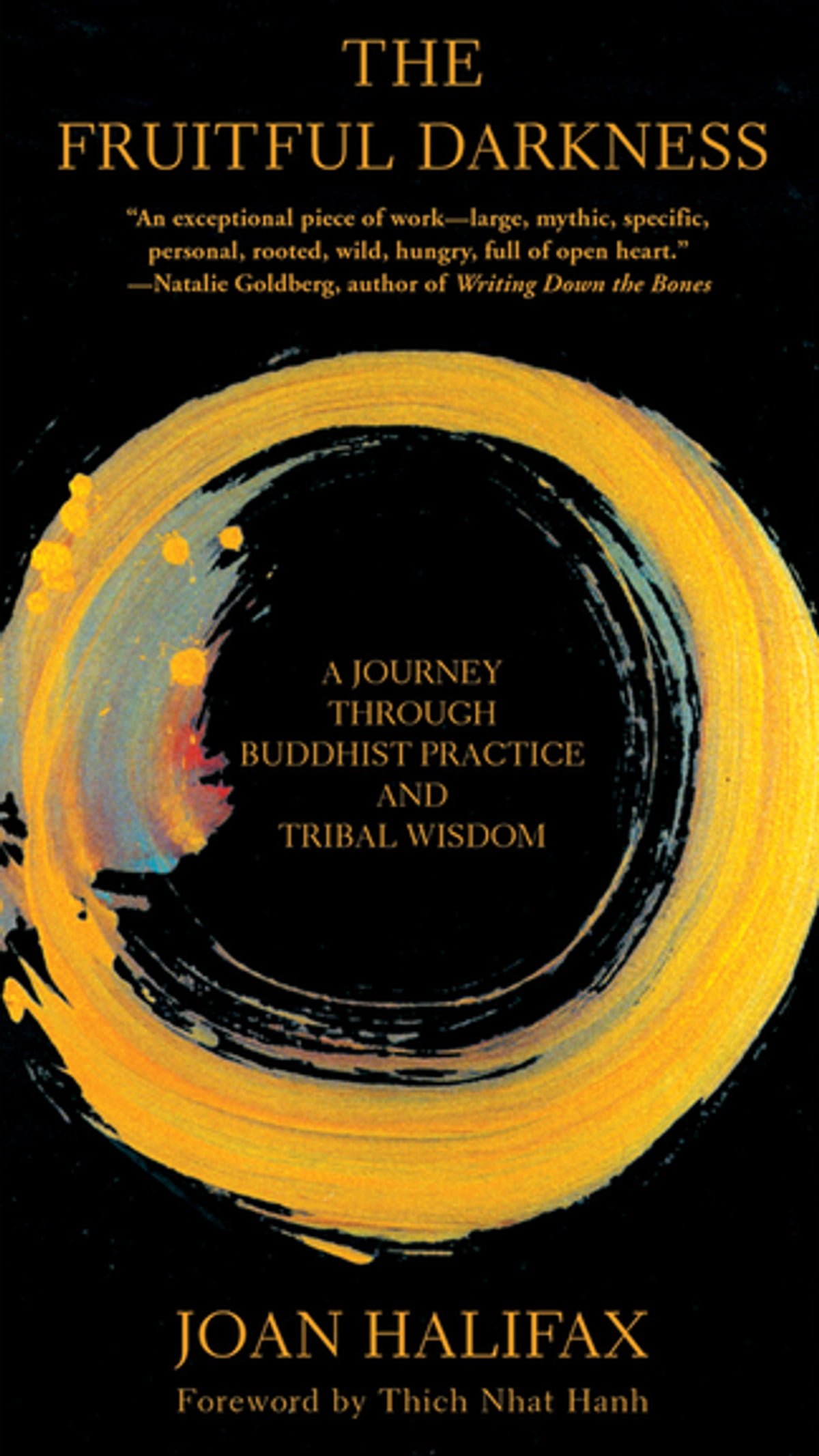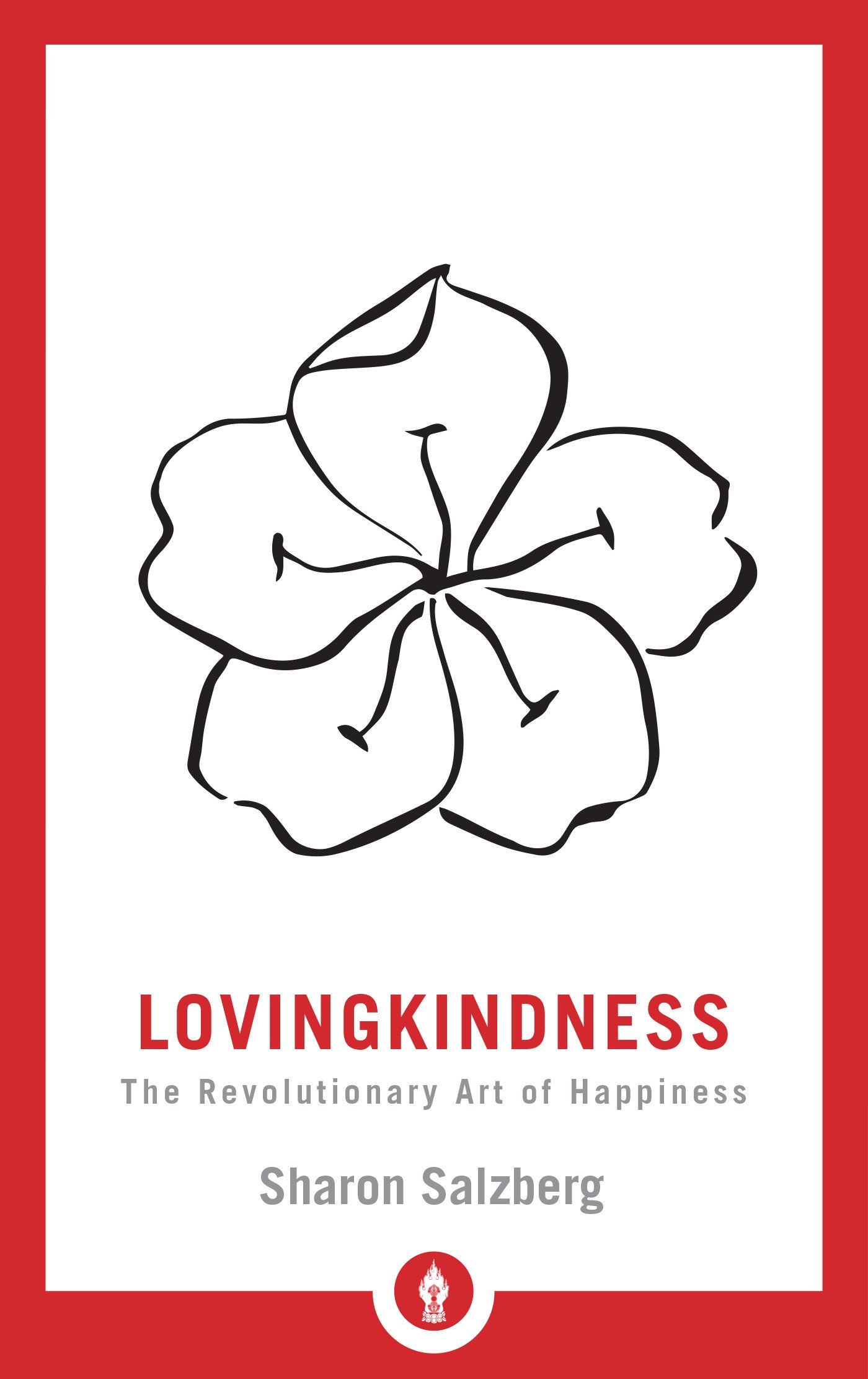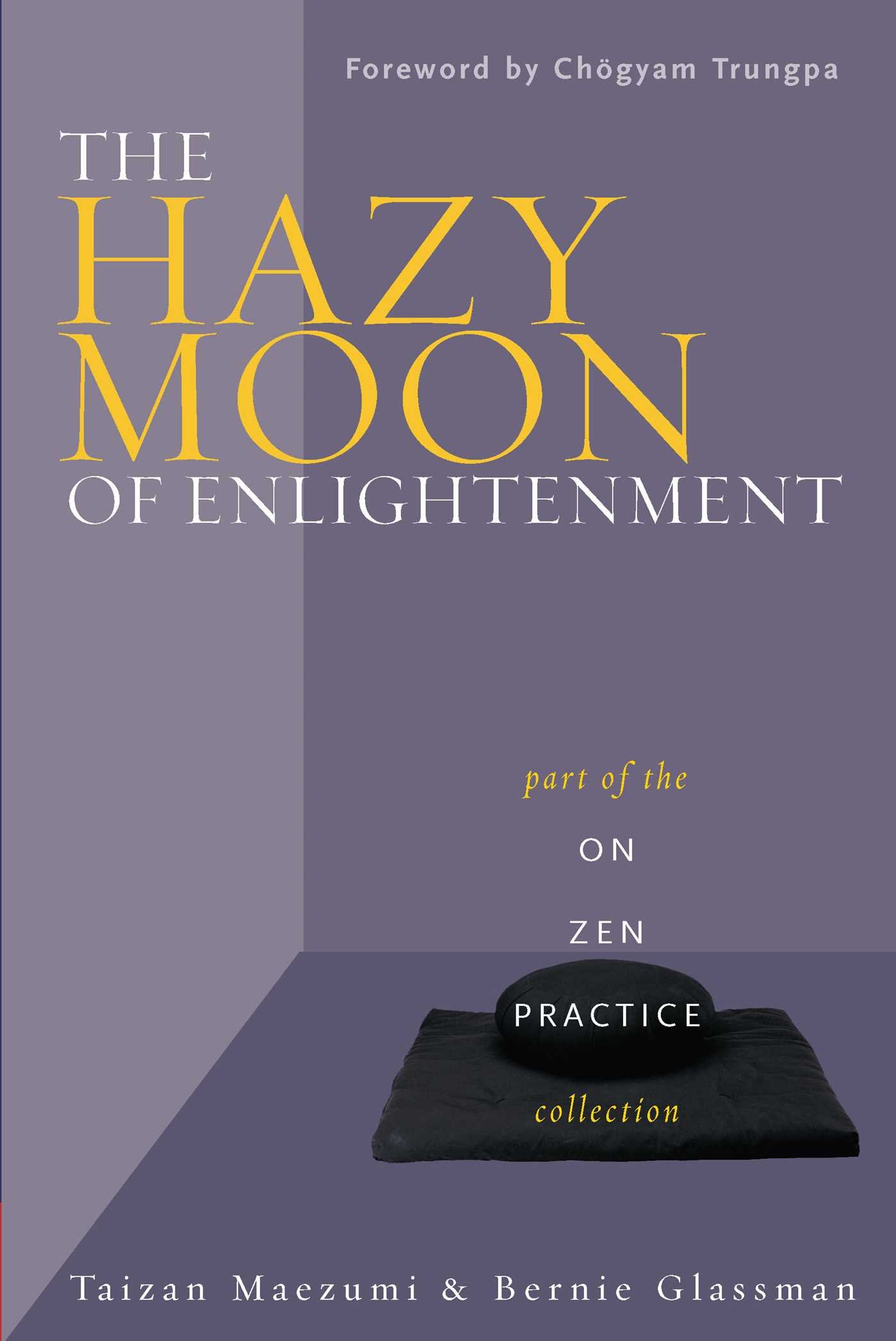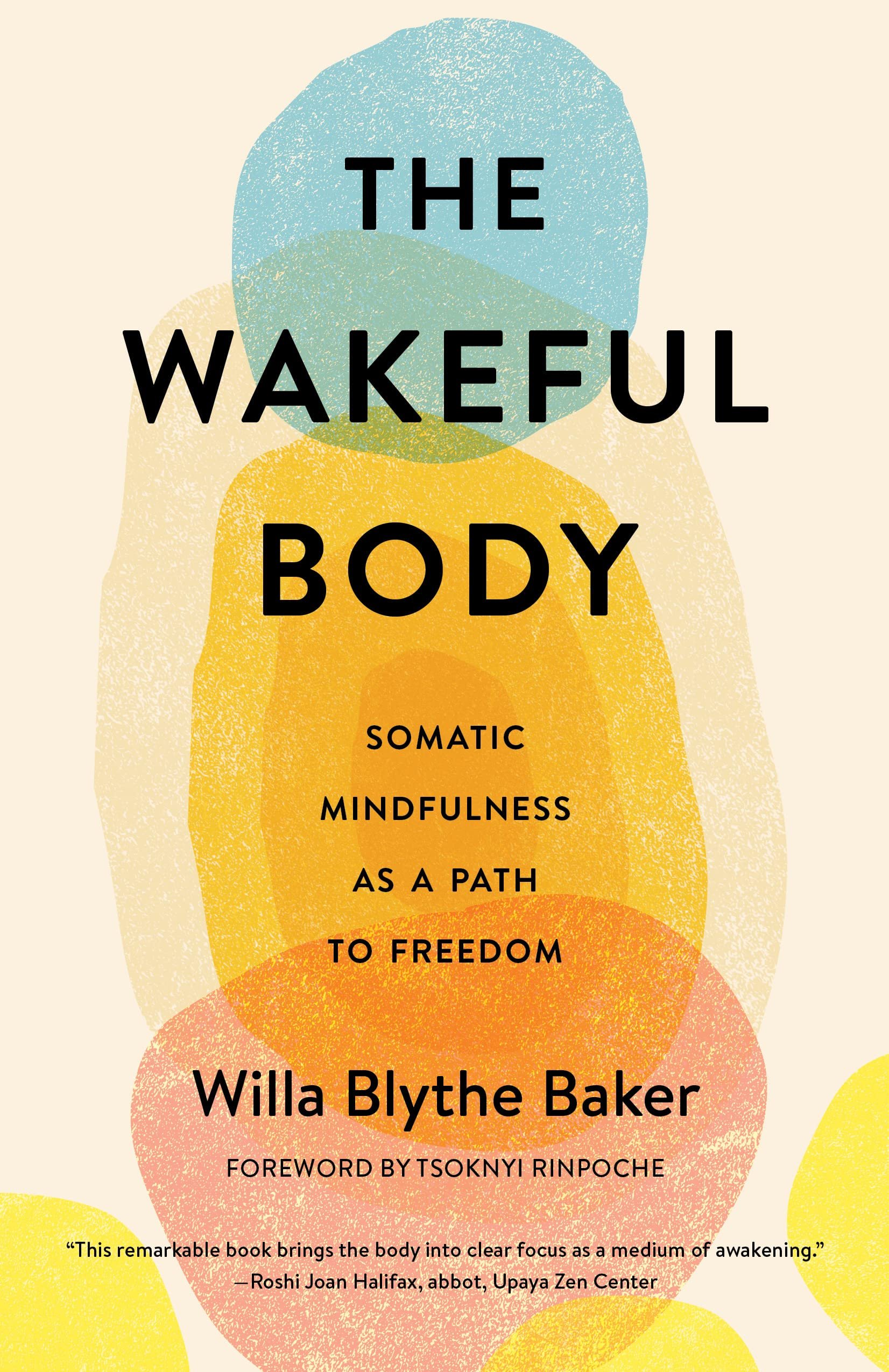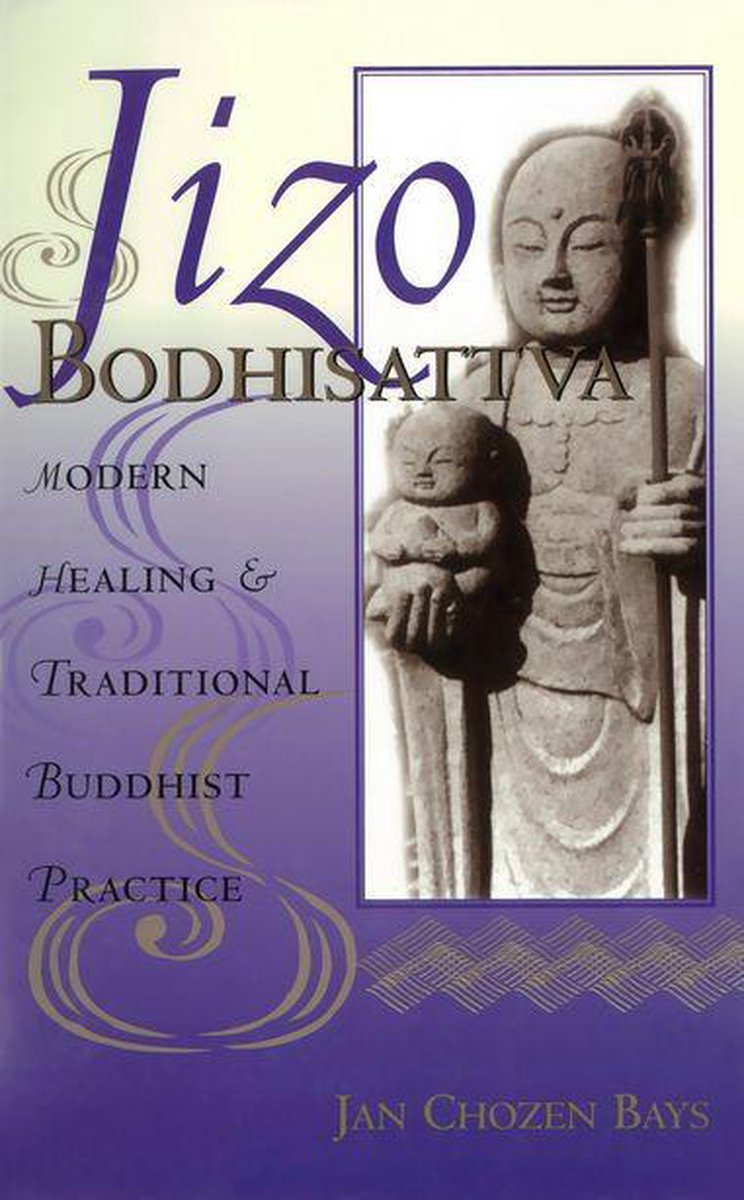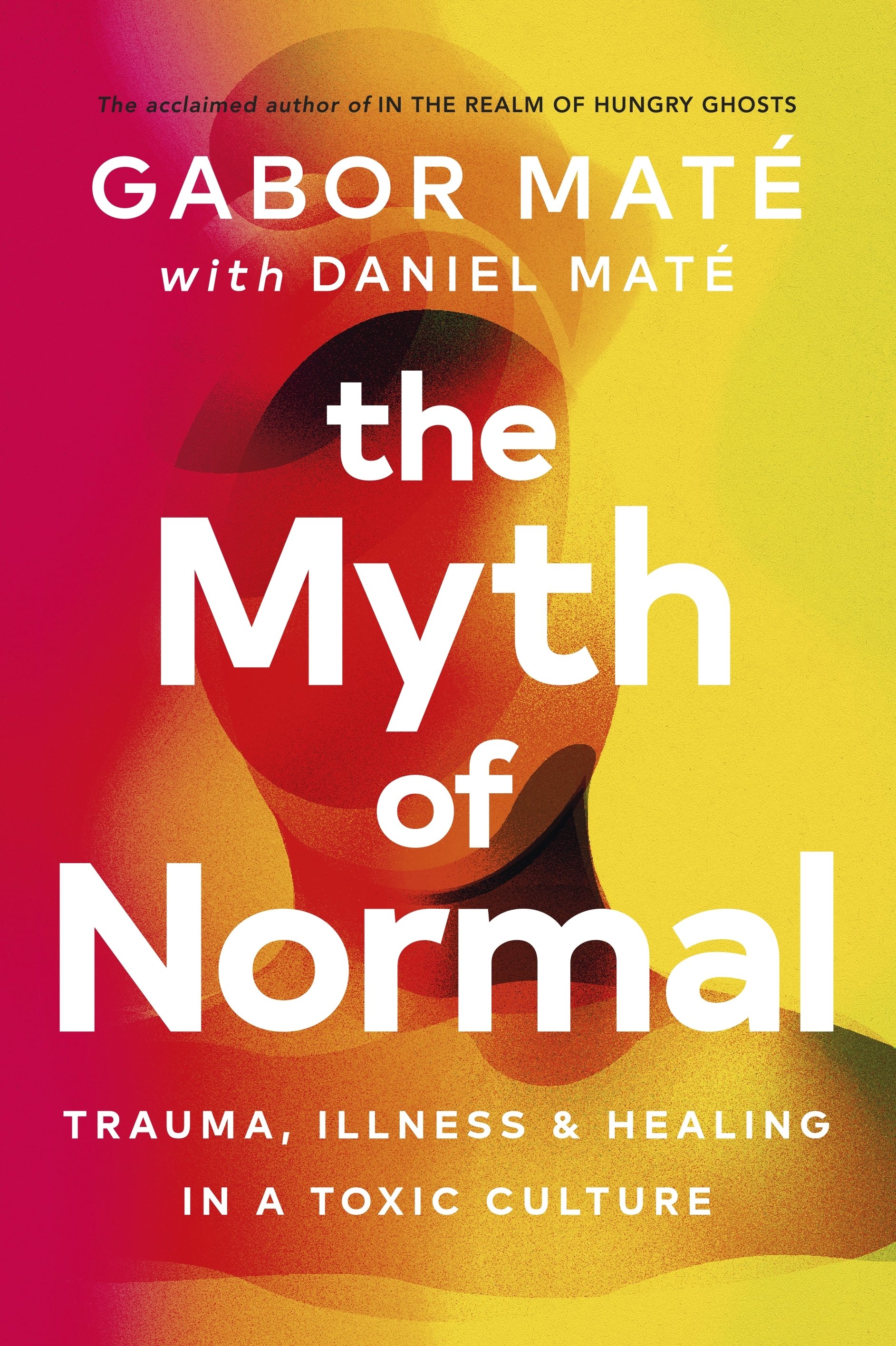Book Report : 2022
Here we are again! As you may know, I like to write up a summary of the books that moved me each year. The themes have held rather steady: contemplative spirituality (plenty of Buddhism and always some psychedelics), race and racism, and existential risk to life. I welcome your arguments to my reactions, further recommendations, and any other thoughts.
So, for the love of books, let’s dive in…
Uneasy Peace: The Great Crime Decline, the Renewal of City Life, and the Next War on Violence (Patrick Sharkey)
This book riveted me. I first heard of Sharkey when Ezra Klein interviewed him. Uneasy Peace is a fascinating look at America’s cities and the complex factors involved in violence and crime, policing, citizen attitudes, and community actions. Uneasy Peace is especially focused on the history of violent crime in New York City, and Sharkey was the chair of Sociology at NYU before moving to Princeton. The thesis focuses on the trend of falling urban crime (like the steadily declining rates following the 80s) and its resurgence (like why it may be pointed to spike again).
Of particular fascination to me was Sharkey’s research, the first of its kind, on the role of community non-profits in reducing crime in cities. In this nationwide study, he shows that, per 100,000 people, for every 10 additional non-profits dedicated to “reducing violence and building stronger communities” there is a 9% reduction in the murder rate (though he speculates the real impact is higher).
I found Sharkey’s work so relevant to the non-profit work I’m involved in that I tracked him down and he took a meeting with us.
Read this book if you are interested in American poverty, crime, police reform, community development, and racial justice in America.
(I read this one in paper – with many mechanical pencil annotations)
The Rage of Innocence: How America Criminalizes Black Youth (Kristin Henning)
A hard-hitting and incredibly hefty book, The Rage of Innocence is the work of DC public defender Kris Henning whose legal career has been dedicated to youth in the criminal justice system. With painstaking detail and innumerable examples (including the story of her own brother dying in prison), Henning recounts the ways black and brown children and teenagers are surveilled, intimidated, criminalized, and excessively punished, frequently for the same acts their white counterparts get away with.
There are chapters on policing in schools (the so-called School Resource Officers, who frequently outnumber guidance councilors and social workers), on clothing and hair, on music and lyrics, mental health, and a heartbreaking collage of wrongful imprisonments and deaths at the hands of police and prison guards. Published in 2021, Rage feels very up to date for our moment.
Supplemental watching could include Ava DuVernay’s When They See Us and Time: The Kalief Browder Story, both on Netflix.
(I consumed this one as an audiobook – a challenging 13 hours)
The Cultural Matrix: Understanding Black Youth (Edited by Orlando Patterson)
I dipped in and out of this text, but as a compilation of scholarly papers it’s designed for that. The works are from a range of researchers and cultural scholars who study youth of color, mostly in the context of American cities. I’d recommend if you’re looking for a set of academic viewpoints on specialized sub-topics.
(I read as ebook)
Woke Racism: How a New Religion Has Betrayed Black America (John McWhorter)
Enter at your own risk, but McWhorter has put out a hell of a little book here. A linguist by scholarly profession, he takes on the role of cultural critic and puts racial wokeness, cancel culture, college campuses, and plenty more in the crosshairs.
There’s a tone of coy (at times harshly sarcastic) exasperation and outrage throughout the book, which you’ll be especially aware of if you listen to the author-read audiobook, as I did. I could do without much of the sarcasm, but I think McWhorter credibly takes on topics in ways you won’t hear elsewhere, and it’s an important part of the conversation, regardless of how much of it you agree with.
(I listened to the audiobook, which is read – quite dramatically at times – by author)
What We Owe the Future (Will MacAskill)
If you’ve been hearing lately about effective altruism , MacAskill is one of the leading thinkers of the movement. A young Oxford-trained philosopher, Will’s first book, Doing Good Better, was for many an inspiration to have a positive impact on the world by giving what they can to the most rigorously vetted causes. It certainly pushed me in that direction with my own giving.
What We Owe The Future builds a quite different kind of storyline. Foremost, it’s much more of an argument for longtermism, the school of thought that argues that most of human history, and most humans, are in the future and haven’t been born yet. They’re “disinfranchised,” unable to speak for themselves or defend their rights, but their wellbeing can’t be discounted just because they don’t exist. This view is in contrast to “near-termism” that tries to improve conditions for humans and other sentient beings in present and near future.
What We Owe The Future is also consideraably heavier and headier in its philosophy than his previous book. MacAskill is a moral philosopher and The Future digs into the theory with enough vigor to lose me at times. But it also makes way for some very interesting thought experiments that I appreciated – such as estimating the number of neurons in different animals when theorizing about animal welfare, including wildlife.
At times I found the book oddly organized, but that might have been me. In sum, it is a sincere appeal for deep thought on the issues that matter most for the most number of lives, and I admire the complexity of thinking he’s willing to roll out to make his arguments.
Effective altruism is being particularly scrutinized at the moment with the scandals of its riches convert, Sam Bankman Fried, and longtermism is taking the most heat. I invite people to be patient with the argument long enough to give it its due before deciding if is a credible way of thinking about doing good.
(I listened as an audiobook read by the author, complete with Scottish accent)
The Fruitful Darkness: A Journey Through Buddhist Practice and Tribal Wisdom (Joan Halifax)
Joan Halifax is a Zen Buddhist priest with a PhD in medical anthropology and a legendary life that, at age 80, is still glowing strong. She studied Buddhism under Bernie Glassman (see The Hazy Moon of Enlightenment below) and Thich Nhat Hanh, and published about psychedelic therapies with collaborator and former husband Stan Grof (see Beyond the Brain below), and even worked with the great ethnomusicologist Alan Lomax. Today she presides over Upaya Zen Center in New Mexico, and I recently attended a webinar where she hosted Gabor Maté as a speaker.
The Fruitful Darkness is a work of poetic prose that points to the perennial wisdom of indigenous shamans and elders as well as Japanese and Vietnamese Zen masters, all of which call us to honor the living earth and protect it.
“I believe that Buddhism, shamanism, and deep ecology in their different ways are calling us to put our ear against the body of the Earth, to listen closely to what is really being said, and to consider the consequences of what we are hearing.”
(I savored this one in paper over the course of the year. Thank you to Sarah Fisher for bringing it to my attention.)
Lovingkindness: The Revolutionary Art of Happiness (Sharon Salzberg)
Compassion is a set of traits that can be learned and strengthened, and this book offers a set of workouts for the loving heart. Salzberg is a Buddhist teacher trained in the Theravada traditions and a deep practitioner of metta, or lovingkindness. This is a very beautiful book and an accessible read for anyone.
If you haven’t been exposed to metta, it’s a wonderful approach to caring for yourself, others, and the world. It’s a brilliantly designed series of mental routines that can gently rewire one’s thoughts, feelings (and ultimately actions) toward a more compassionate stance. Metta is taught in the form of phrases that are repeated in the mind, such as: “may I live in sympathetic joy, rejoicing in the happiness of others.” It often starts with a focus on wishing wellbeing for the self, then a loved one, then a neutral person, then a difficult person (the most ingeniously challenging one) and then all beings. This book helped me become a strong believer that we should be spending more energy exercising our loving hearts.
(I kindly loved this one in paper)
Memories, Dreams, Reflections (Carl Jung)
This was a strange and provocative joy for me. I’ve actually been a stranger to the substance of Jung’s thinking until now. This memoir, published in 1963, two years after Jung’s death, follows him from boyhood to old age and even includes some additional documents like letters between him and Freud at the end.
I was struck with how mystical (and often fantastical) a lot of his ideas sounded to me. For someone so revered and cited, it’s pretty out there! But it was a good year for me to read it: a year when my mind was extra flexible and curious and I was enjoying things that I’d otherwise push away as unfounded (put Stan Grof and Gabor Maté’s in there).
Jung’s ideas are radical, but it’s his life of fascination and dedication that I found so moving. In contrast to his foil, Freud, who comes across as so much more rigid and self-concerned, Jung is painting his dreams, circling Asia and Africa, and building (and re-building) a special house in which to write and explore the unconscious. His tales of his many psychotherapy patients are amazing, and in the process we learn about the emergence of the field of psychiatry when there wasn’t one before.
(I absorbed the audiobook, with its terrific and very British narrator, often as I was falling asleep at night)
Breath: The New Science of a Lost Art (James Nestor)
I asked a friend for a good introductory book to the field of breathwork and she recommended this one. Nestor takes a participatory-journalist’s path to exploring many facets of breath science and art, including an experiment where he has to mouth breathe for weeks to see how bad it is for you. He supposedly researched breathing for ten years before writing the book. It covers familiar characters of the breathing world like Wim Hoff and historical pioneers (like the unbelievable Alexandra David-Néel who was sneaking into Tibet disguised as a beggar in the 1910’s to learn Himalayan snow-melting breath meditation from the monks).
The power of breath has been a big personal theme in my year, and this book helped my understanding a lot. Bonus that the audiobook has a series of guided breath exercises at the end.
(I inhaled Breath as audiobook read by author)
The Hazy Moon of Enlightenment (Taizan Maezumi & Bernie Glassman)
A slim book with much to contemplate. I bought Hazy Moon in the little shop on the grounds of Yokoji Zen monastery after a week in residence there. My own Zen practice has followed the lineage of Japanese teacher Taizan Maezumi, but I had yet to explore this one of his books, first published in 1977. It has a curious and maybe even playful organization with different approaches, including a discussion of different manifestations of the enlightenment experience, analysis of koans, and interpretations of Dogen’s 12th-century text, “Eight Awarenesses of the Enlightened Person.”
It then concludes, in a lovely and odd way, with a fascinating essay by a woman named Flora Courtois, an American who lived a frustrated but privately mystical childhood and, much later in life, was one of the early westerners to become a student and patron of Zen. It’s a rare account of someone who from even early childhood had a spontaneously vivid relationship to reality, but was left empty-handed by Western science, philosophy, and religion.
You might find the book thorny if you’re not already familiar with the Zen vernacular, but it also makes attempts to bring the ideas into more common language. And don’t skip Flora’s essay at the end.
(I read it in paper)
The Wakeful Body: Somatic Mindfulness as a Path to Freedom (Willa Blythe Baker)
This is a wonderful one, and first time I’ve read a book that teaches Buddhist meditation practice as a decidedly somatic, physicalized art. Baker was rigorously trained as a nun in the Tibetan Buddhist tradition, enduring years of silent retreat and studying under Tibetan adepts. The Wakeful Body very lovingly invites us into the mindful state, but routes our experience through our physical selves in creative and subtle ways.
I was immediately intrigued by her inverting the term waking up, as awakening is often described, into waking down, instructing that awakening is a process of bringing the mind and body into their natural oneness. She calls this a pilgrimage of the body – and this from a woman who has taken her fair share of pilgrimages.
Although I stumbled into The Wakeful Body in passing, it was a very well-suited companion in my integration process following a psychedelic therapy session that was marked by strong body/breath alignment. The book helped me make sense of these new sensations and gave exercises for going in deeper. The book has dozens of approachable meditation exercises you can try (and many of them are, somewhat roughly, narrated by the author on Soundcloud here).
(I count 64 highlights in my Kindle version)
Jizo Bodhisattva: Modern Healing & Traditional Buddhist Practice (Jan Chozen Bays)
I opened this book in anticipation of sitting a meditation retreat with its author, the Zen teacher Jan Chozen Bays (who studied under Taizan Maezumi, co-author of The Hazy Moon of Enlightenment). During travels and training in Japan, and witnessing more closely the horrors of the second world war, Chozen took a fascination in the character known as Jizo Boddhisattva. This member of the Buddhist pantheon is a gender-shifting figure often revered as a protector of travelers, guardian of children (unborn, born, and deceased), who can retrieve people who have fallen into the hell realms (also making Jizo the patron saint of firefighters in Japan).
Chozen’s book on Jizo is partly a religious history of the archetypal character, part memoir (of her experiences as both forensic pediatrician and Zen priest), and a string of Dharma teachings and life wisdom for practitioners.
The colorful folk legends and Buddhist philosophy that surrounds Jizo was brought intimately to life for me when, on a week-long silent retreat, I joined the group in making Jizo figures from paper and clay, and walking through the monastery’s beautiful forest Jizo garden (some of my photos below).
Here you watch Chozen lead you on a video tour of the Jizo Garden.
(I read it as an ebook with many a highlight of wise saying or mythical gem)
Beyond the Brain: Birth, Death, and Transcendence in Psychotherapy (Stan Grof)
I still don’t know how to process this one! Stanislav Grof is a psychiatrist whose theories on the psyche were built on the thousands of LSD sessions he conducted with patients, mostly in his home country of Czechoslovakia before moving to the US. He and Christina Grof developed holotropic breathing as a way to induce psychedelic states without the actual psychedelics (as the drugs were outlawed in the 70s). Grof is still around and is commonly associated with the Esalen Institute in Big Sur where he continues teaching, writing, and research.
I knew of Grof (his books are proudly sold by MAPS – oh, and he was once married to Joan Halifax, author of The Fruitful Darkness above) but didn’t realize how intense his theories were. He opens Beyond the Brain announcing that the “Newtonian-Cartesian” logics with which we make sense of the world are far too limited and that he’ll soon be leaping past them, as he certainly does. Mental disorders of most kinds, he teaches, are formed primarily during the birth experience, starting in utero but especially formed by the journey through the birth canal and all the things that happen along the way.
His observations from administering several thousand LSD sessions to patients is that these experiences need to be revisited, often as excruciating dramas, in order to re-order their traumatic impacts. The book is laden with drawings and paintings depicting the many kinds of cosmic battles and perinatal dramas people describe in their trips, which I found wonderfully engrossing.
Beyond the Brain did a beautiful job of pushing my brain beyond its comfort zone. I have no idea if these theories stand up to medical facts (my guess is not really), but I was transfixed at how he lays out the taxonomy of the four BPMs (basic parental matrixes) that we travel through during birth, and are able to relive as we confront our demons.
(I read this in paper, a wonderful former-library copy I found on eBay)
The Myth of Normal: Trauma, Illness, and Healing in a Toxic Culture (Gabor Maté)
I’m still working my way through Gabor Maté’s new (and long!) book, so I can only speak to what I’ve gathered so far. It’s the first I’ve read of his, though I’ve heard his name for years, and recently watched the documentary The Wisdom of Trauma.
Both my curiosity and skepticism are being highly activated by The Myth of Normal. The thesis reads something like: nearly all our mental and physical maladies are caused by our minds and mindsets, which are brutalized by a toxic society and its vast human network of interconnected traumas.
This one’s a bumpy ride for me as Gabor seems to rock between credible science and indefensible claims. Though I will say that in many of my most eyebrow-raising moments (like his descriptions of certain personality types causing auto-immune diseases) I flip to the peer-reviewed citation and find a legit-looking piece of research. I’ll need more digging and help from more qualified people to sort through this one.
How Not To Die (Michael Greger)
Last one! How Not to Die is a fun, fascinating, and fact-packed guide to eating healthy. Greger’s evidence-based approach is commendable, and there are more research citations than you could read in a lifetime.
But if you want the tldr, here’s are his three tiers.
Green light: unprocessed plant-based foods (eat all you can – in as many colors as possible)
Yellow light: processed plant-based foods and unprocessed animal foods (eat in moderation or avoid)
Red light: processed animal products and highly processed plant foods (avoid or, ideally, eliminate).
(I did this one as an audiobook, which is read by Greger, and is… pretty hard to swallow with all his hamming it up. Listener beware.)
So there we have it! I always invite and encourage friends to take part in this yearly ritual with me as well. I find that it both helps be retain and solidify what I’ve absorbed from the books, and also helps me see the patterns of my own curiosity and needs across the year. Feedback and further recommendations invited!
